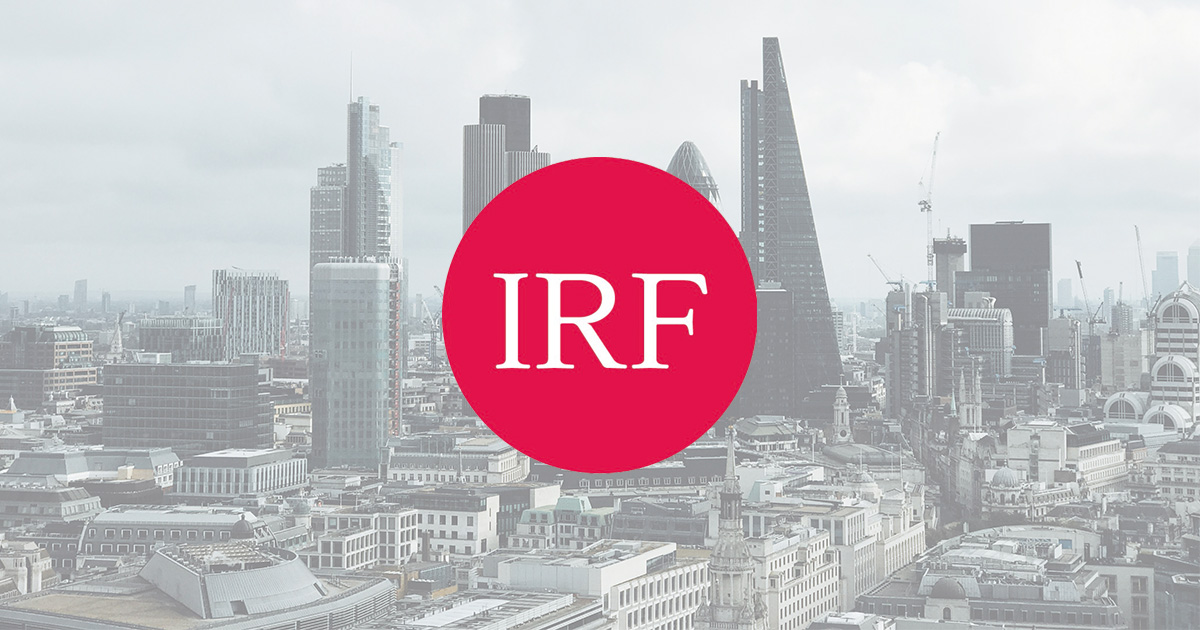Post Covid: Successfully trading Working Capital?
Sarria - Credit Opportunities
Wed 05 May 2021 - 15:00
Summary
Wolfgang focused his conference call on Working Capital Trends and the different ways that Sarria believes they will manifest, during an upcoming period of volume returning to the market, before moving onto examples KME, TUI and TAKKO, all with varied working capital requirements. The difference between positive working capital companies and negative was differentiated, with grocers, travel/tourism and media being examples of the latter – often receiving money upfront from customers and pushing suppliers cost to later dates. Factoring was discussed, generally off the balance sheet where a company sells its receivables, however this can pose a risk if the company goes into insolvency and the capital must be replaced before anyone can think of recovery. Letters of Credit offer a direct relationship with the company, where a bank of syndicate of a banks guarantees the payables of a company, and the company would not be able to keep these payables outstanding for the same period of time, potentially causing a working capital crunch. Lastly, Hidden Debt resembles unpaid bills and maxed out lines which are both on and off the balance sheet. Generally, a positive working capital is a strain on a business on the way back through a pandemic as risks are present, whereas a negative working capital offers opportunities, as liquidity is positively correlated with revenue.
KME presents an example of positive working capital. The company is liquidity constraint due to rising copper prices. It’s payables are stretched with sizeable LC facilities and the company has two factoring facilities for their receivables equaling E450m, providing for an underlying net positive working capital position. A major problem will arise if the LC facilities are kept constant and the company does not expand its factoring lines. If the company needs to maintain throughput, they will run out of money quickly. Wolfgang suggests that LIFO is a very conservative basis of copper inventory valuation today and that a proportionate increase in both LC and factoring facilities would be reasonable, but concedes that without fresh equity and additional language to limit the use of such lines as copper prices might fall again, the company may find it difficult to maintain throughput.
Moving on to TUI, a German tour operator with a negative working capital. TUI’s working capital is made up of payables and receivables, very little inventory, prepayments made to suppliers and in particular customer deposits, including cancelled trips eligible for repayment. Assuming that by 2022 revenue and prepayments return to 85% of 2019 levels and everything else remains constant, the business barely survives come December. Trade payables and unpaid bills sit at 1.3 billion, and so the rebuild to 2.4 billion by Q4 2020 is smaller than revenue would suggest. TUI is looking to raise a 300 million bond for its cruises JV subsidiary which Wolfgang says is unrelated to the working capital of TUI AG.
Finally, TAKKO is an apparel discounter which is a slightly positive working capital company with little receivables, and a payables balance that is underpinned by sizeable LC facilities in lieu of credit insurance. The letters of credit had not been fully utilised when the first lockdown was imposed and the company was able to use the line to stretch payables. However, now that it is fully used, Takko has to find the capital elsewhere. The company raised an incremental 53m recently, but with Germany having passed its Emergency Break legislation, Wolfgang estimates that liquidity should remain very thin at Takko and that the company may have to raise more.
Topics
Positive working capital acts as a strain with risks, whereas negative working capital offers opportunities, as liquidity and revenue are positively correlated
KME: Major problems will arise if LC facilities are kept constant and company does not expand factoring lines
TUI: Assuming by 2022 revenue and prepayments return to 85% of 2019 levels, the business barely survives come December
TAKKO: Germany passing its Emergency Break legislation will likely keep liquidity thin and company will need to raise capital
